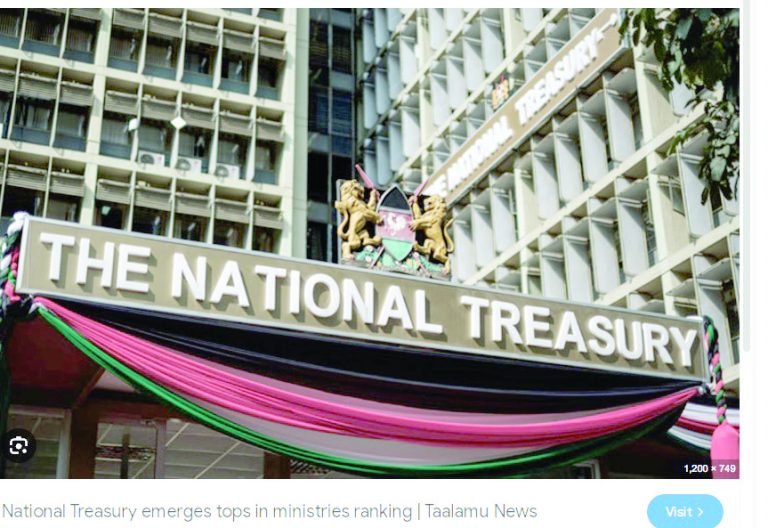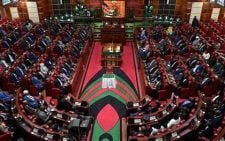Treasury wipes domestic mart as yields hit 13.6pc

The National Treasury wiped over Sh43.5 billion from the domestic market this week through a reopened 20-year bond, surpassing its Sh30 billion target and highlighting persistent investor caution over Kenya’s fiscal direction.
The FXD1/2012/020 bond, which matures in 2032 with a 12 per cent coupon, attracted bids worth Sh54.4 billion, reflecting strong demand and a performance rate of 181 per cent.
The Central Bank of Kenya (CBK) accepted 80 per cent of the bids at a weighted average yield of 13.65 per cent—well above the bond’s coupon and 365 basis points higher than the 10 per cent benchmark policy rate.
Above target
The government’s decision to accept Sh43.52 billion—Sh13.5 billion above target—points to mounting pressure to meet funding obligations amid a constrained fiscal environment and limited access to external financing. Of the amount raised, Sh14.2 billion will go toward redemptions, while Sh29.3 billion constitutes new borrowing.
Despite healthy demand, a bid-to-cover ratio of 1.25 suggests investors were pricing in higher risk rather than aggressively chasing the bond. The market-weighted clearing rate was 13.7334 per cent, with the average price per Sh100 face value at Sh92.41—indicating a discount required to compensate for long-term exposure.
“These yields reflect a market that is still engaged but highly risk-aware. The government got the liquidity it needed, but it had to pay up,” said an analyst at a Nairobi-based brokerage.
The elevated yields align with recent trends, where long-dated bonds have consistently cleared above 13.5 per cent. Kenya’s 15-year and 25-year papers auctioned earlier this month recorded similar pricing, reinforcing the theme of expensive domestic borrowing.
Banking on local market
Treasury’s increased reliance on local markets follows a tumultuous fiscal year. In 2024, President William Ruto’s administration abandoned unpopular tax proposals amid widespread protests, prompting a 42 per cent upward revision in domestic borrowing targets.
Coupled with Fitch Ratings’ downgrade of Kenya’s credit outlook to ‘B-’, external financing has become costlier and riskier, shifting pressure onto domestic sources.
Nevertheless, investor appetite remains intact. Strong subscription and acceptance rates show that, despite macroeconomic uncertainty, domestic institutions—buoyed by inflation easing below 4 per cent—still find value in government debt. Real yields near 10 per cent offer compelling returns, particularly for banks and pension funds seeking long-term investments.
Surge in cost of borrowing
Yet, the cost of these borrowings raises long-term concerns. Elevated interest payments could squeeze development spending, and the growing share of long-dated debt poses future rollover risks.
The International Monetary Fund (IMF) has continued to caution Kenya on improving debt transparency and tightening fiscal discipline to avert potential debt distress.















